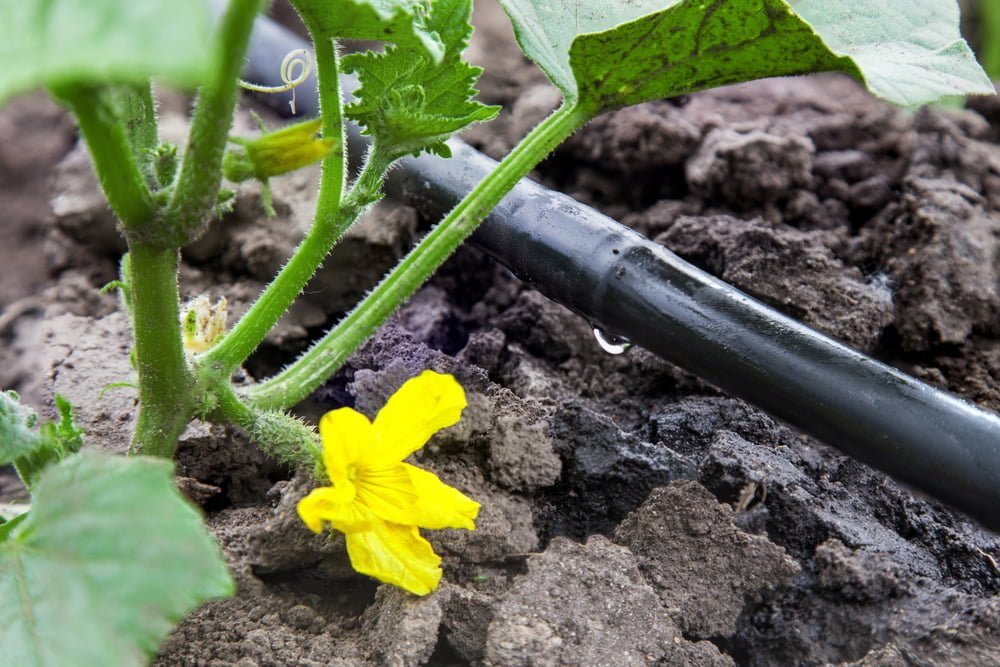
Do you want to grow better vegetables this year? What if that also means spending less
time watering and weeding AND saving water (and water bills)?
Does this sound too good to be true? It’s not only possible but easy to accomplish, with
a DIY drip irrigation system.
Drip Irrigation: A Brilliant Idea Borrowed from the Farm
The concept is based – albeit on a much smaller scale – on the large rolling sprinkler
systems that farmers use in the fields.
Sure, you can have a professional irrigation system installed underground. But those
systems are designed for landscaping, not gardening. You’re stuck with the location of
the bubblers and sprinkler heads, and it’s very difficult to regulate the pressure and
water flow individually for each one. Perhaps worst of all, if the system develops a
problem, you have to dig up your garden to make the repair.
This simple DIY system uses much of the same basic theory; however, this system is
placed above-ground. No digging for installation or repairs and you can reconfigure it
any time by simply moving the lines.
And, because you design the system yourself, you can create the drip lines in the exact
configuration you need to grow better vegetables
Why a Drip Irrigation System is Ideal
Because you will be delivering water directly to the roots of your plants, virtually no
water is wasted or lost to evaporation. In fact, many gardeners report a 75 percent
reduction in their water use. Also, you’ll spend about one-tenth the time you normally
spend watering your garden, if you do so by hand.
Because you aren’t watering the rest of the soil, you discourage most or all of the weeds
you might normally have to fight.
And, if you need to apply fertilizer, you can do so quickly and easily, right through the
drip system!
Your plants will be healthier, grow larger and produce higher yields than ever before.
Not only will this help you grow better vegetables, but you can also use the system for
your rose bushes, trees and shrubs as well.
How to Build a DIY Drip Irrigation System
Depending on how much water you need to move, your drip system will use PVC pipe
and fittings between one-half and one inch in diameter.
For each line of drip tube, determine how far apart the holes need to be to deliver water
directly to the plants’ roots. The general guidelines for carrots, corn or beans is one hole
every six inches. For larger plants, such as tomatoes, squash or melon, drill three holes
(at two inches apart) every three to five feet.
Using an electric drill, drill one-sixteenth inch holes.
Assemble the system using standard PVC glue. Use manual valves or simply connect
the system to your hose bib. Cap the end of each line to force the water out the drop
holes.
You can find the full, detailed instructions on how to build a drip system online, courtesy
of the USU Extension. But it really is just that simple.
Millcreek Gardens of Salt Lake City serves Northern Utah by offering the finest indoor
and outdoor plants, seeds and garden supplies. We love to meet our customers and
answer any questions they may have.
Stop by and see us this weekend, and let us give you even more tips on how to grow
better vegetables.


